Swayambhunath is one of the oldest and also my favorite religious complexes in Kathmandu. Another common name for Swayambhunath known to local inhabitants is the Monkey Temple. Swayambhu in the Newari language means "self-created." Construction began in the 5th century CE by King Vrsadeva.
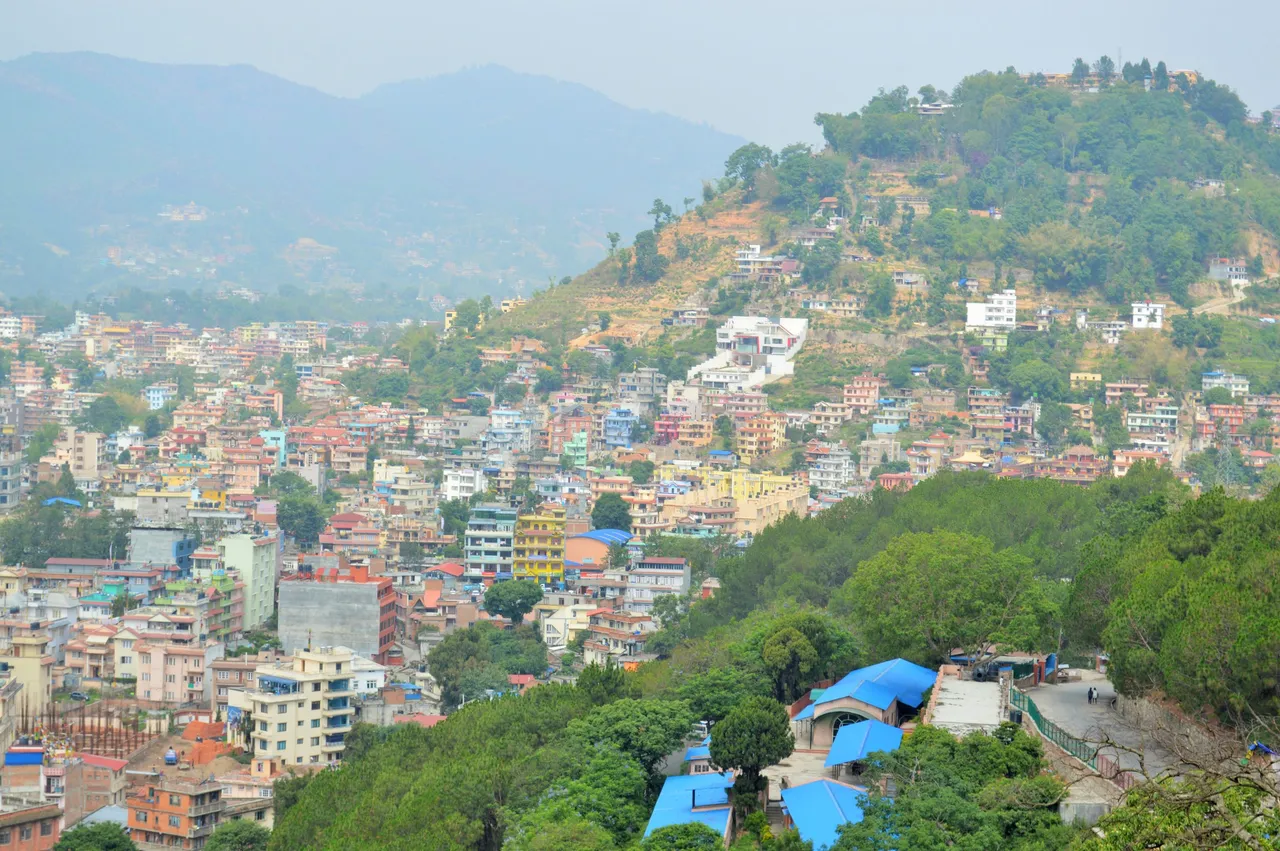

According to legend, the wise Manjushri bodhisattva had a vision of a lotus at the site where Swayambhu is currently located so decided to travel over, had a gorge cut at Chovar, and drained the water out to create a valley now known as the Kathmandu city. The lotus plant was subsequently transformed into a hill and the flower into a stupa. Monkeys surrounding the religious complex are holy creatures as they are thought to be the descendants of monkeys formed out of Manjushri's hair lice.
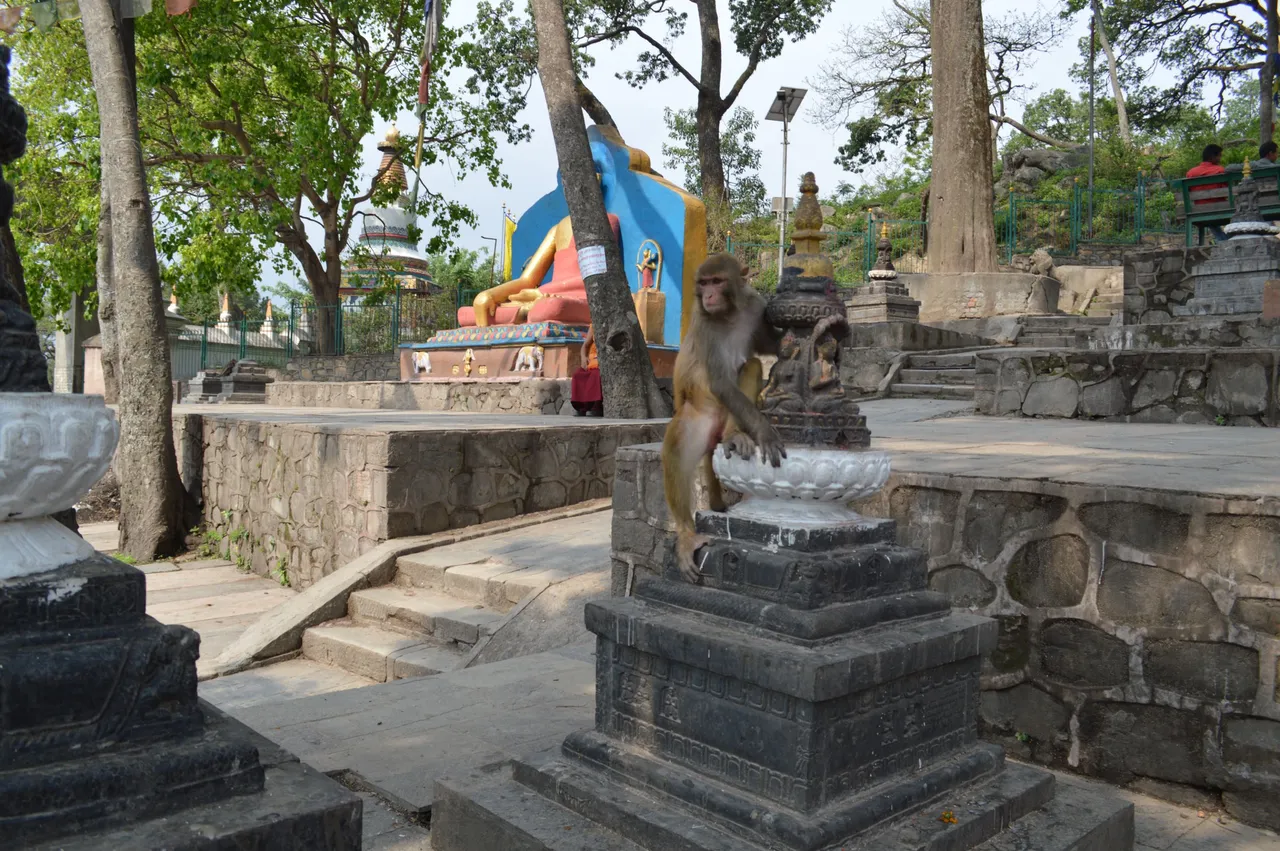
The scary truth is I have a very strong karmic connection to Manjushri. While in Lumbini, local people were praying to me. It shocked me tremendously so I flinched at the sight of worshippers. On the way up to the Monkey Temple, a very friendly Tibetan monk had a long chat with me. After returning to my birth country, a sought-after psychic turned me into his godchild and could tell which part of the Prajnaparamita sutra I got stuck reciting inaudibly within my mind. Later, I met another famous psychic whom police officers seek out for unsolvable crime cases. These psychics are so famous that people from all across the country sought their counsel.


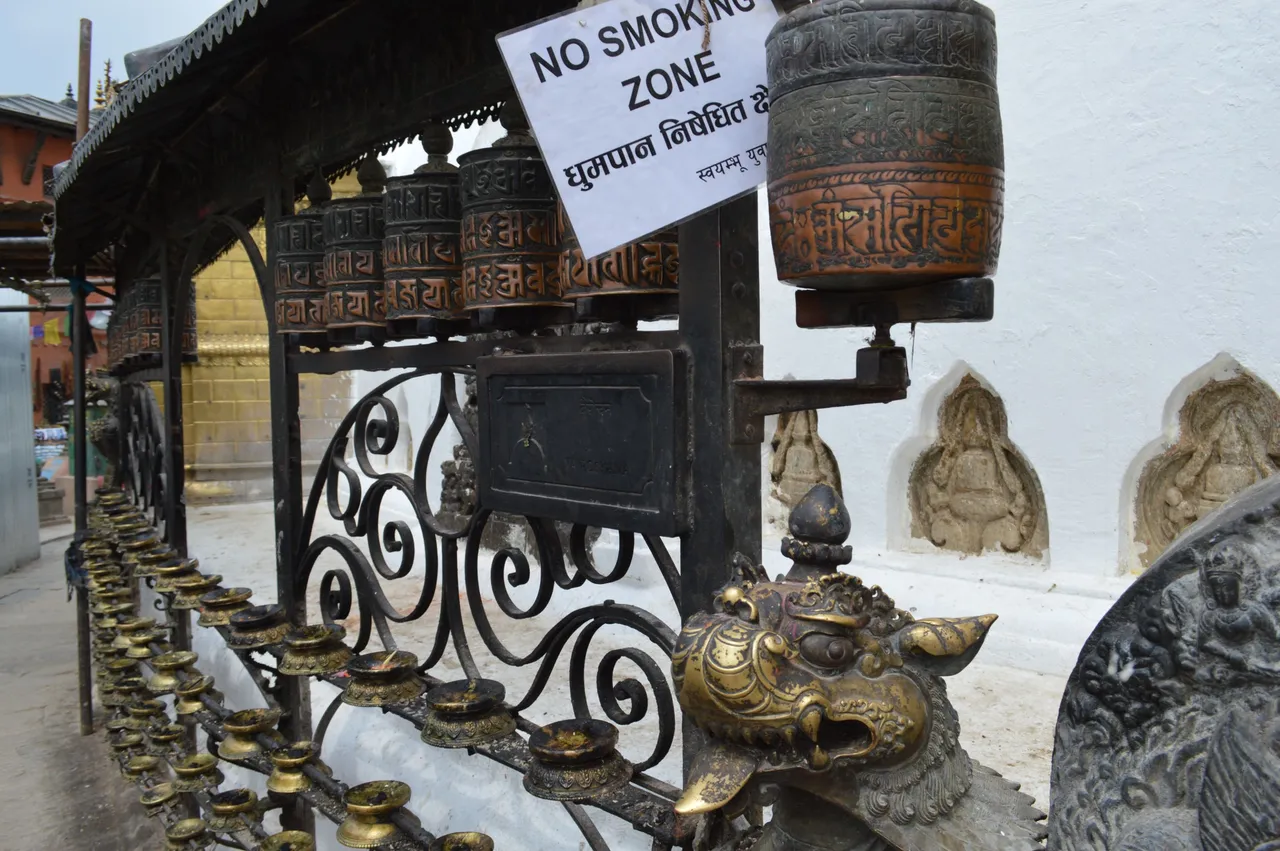
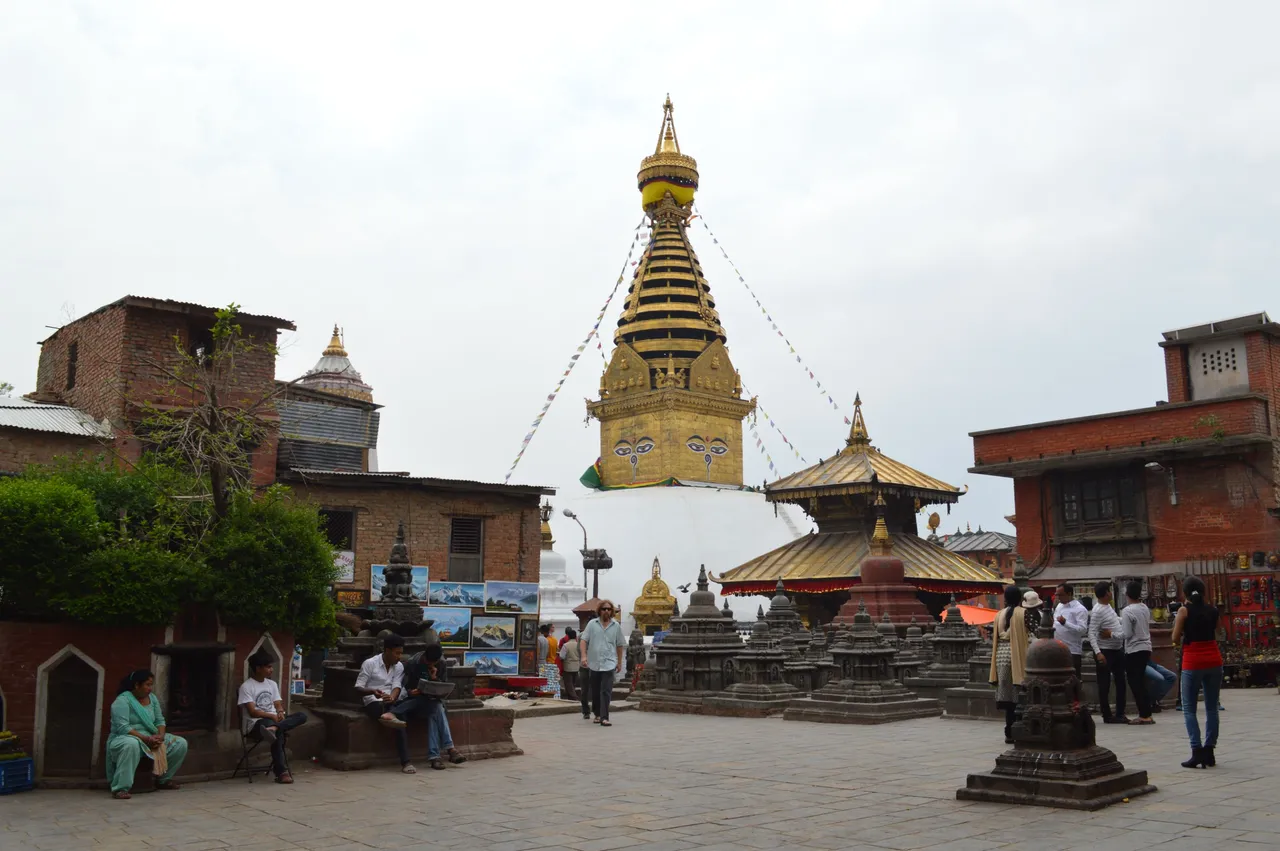
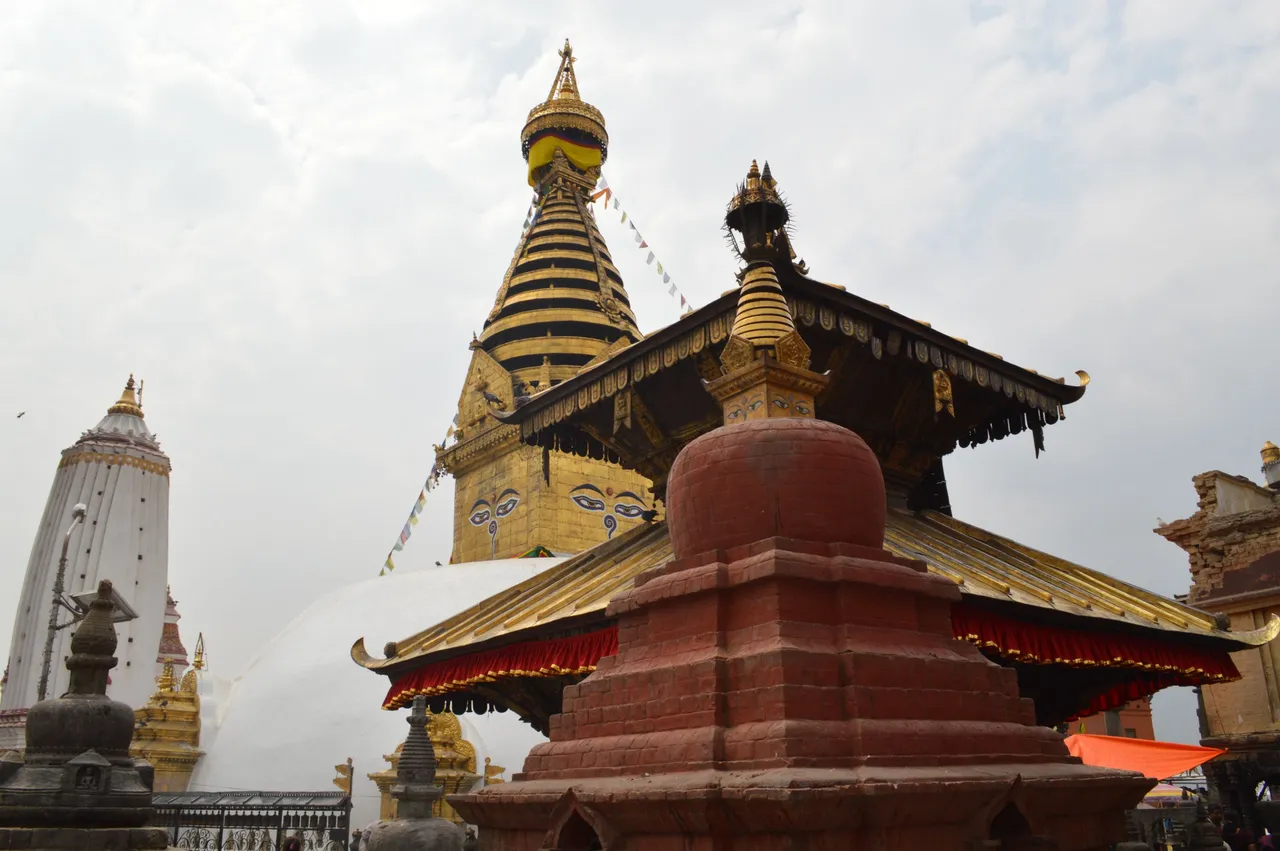
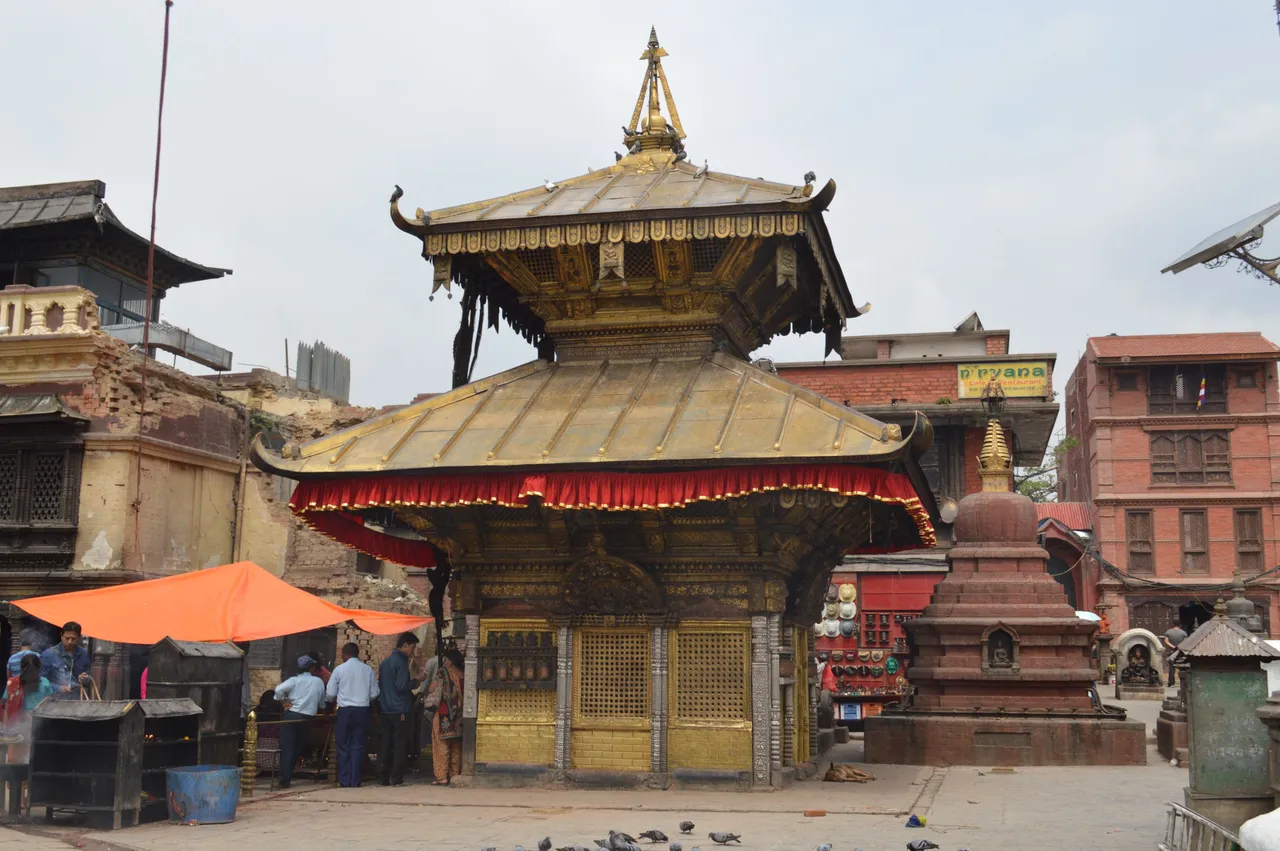
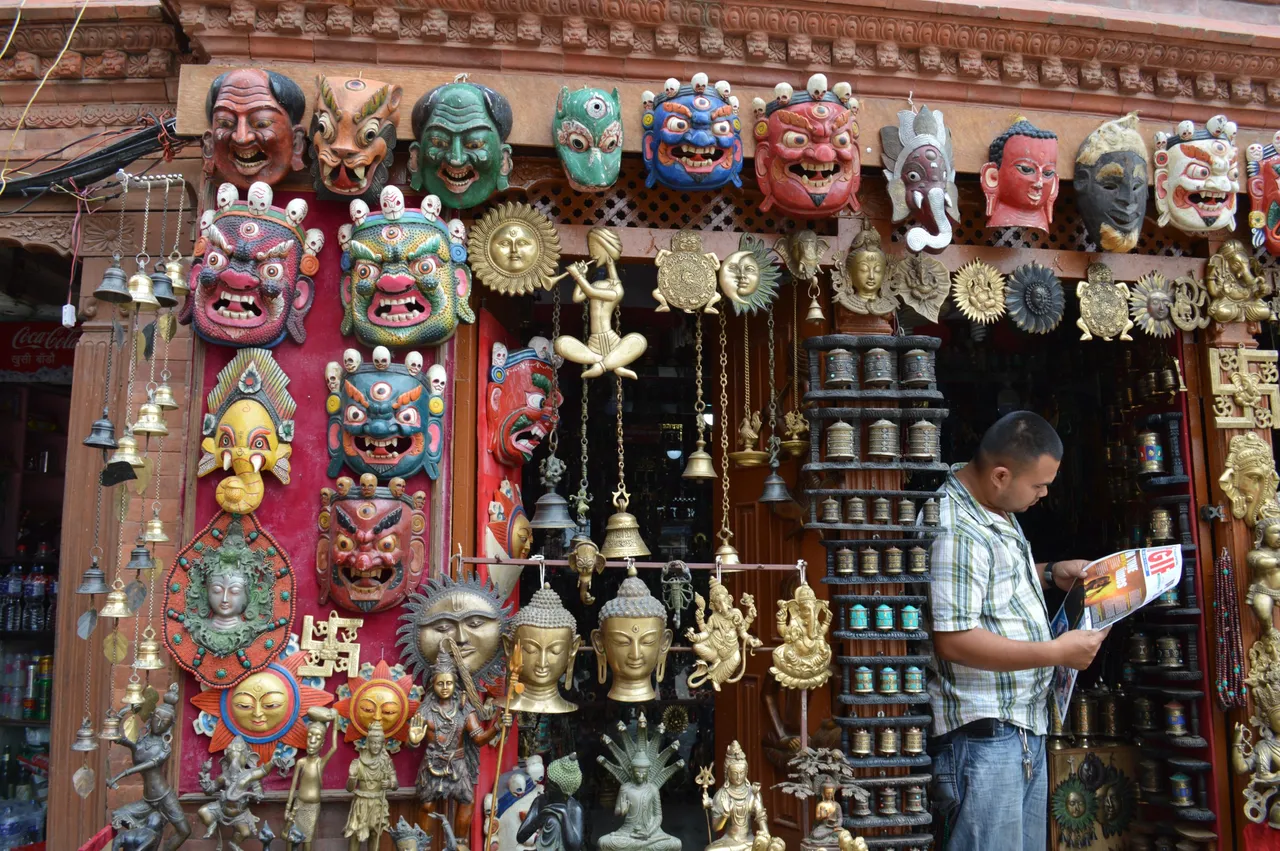
Nepal is the only country that combined two religions; Buddhism and Hinduism within one temple. The unique architectures of the Swayambhunath evidently displayed the harmonious co-existence of influences from two major religions. Aside from serving as a community complex with many intricate souvenirs and prayer items, Swayambunath is also a great place to enjoy the cityscape view of Kathmandu city.
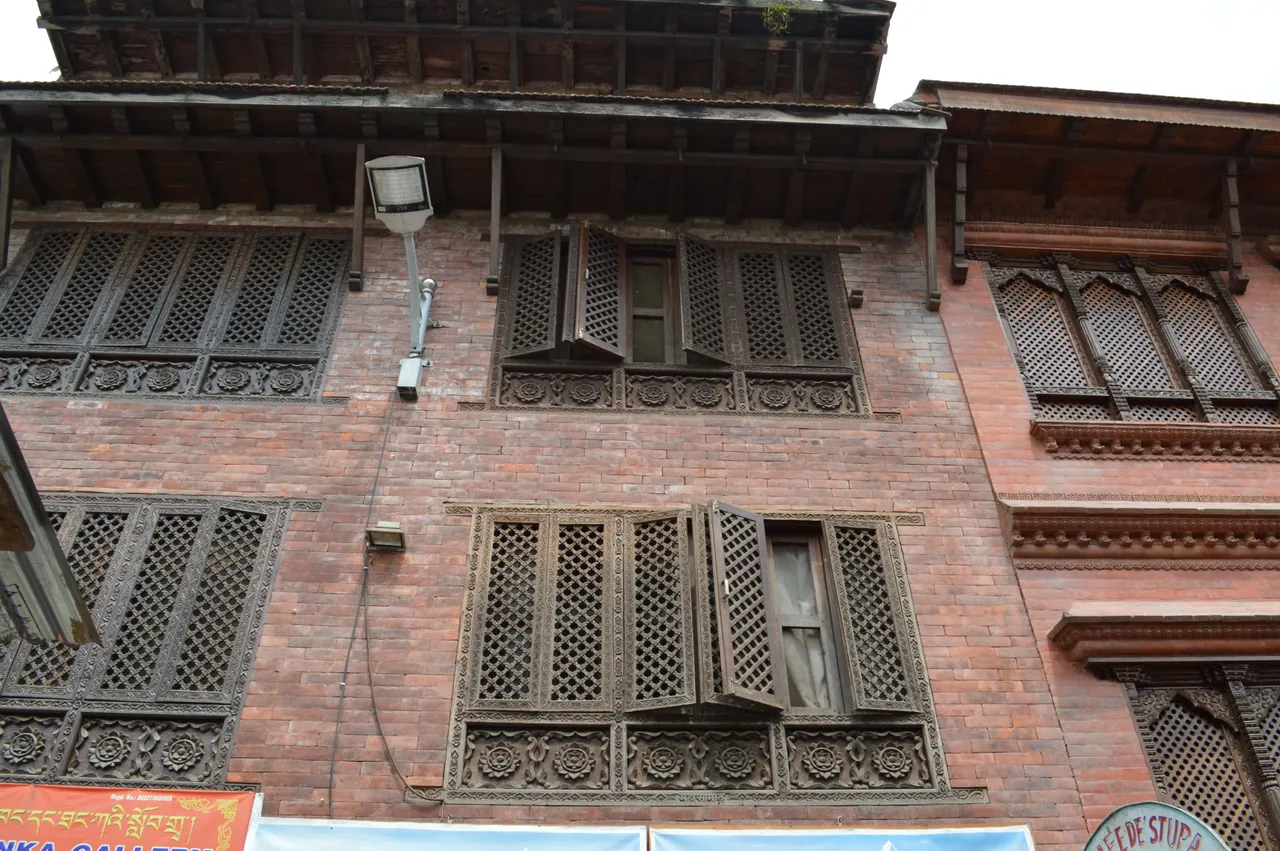
After visiting the Swayambhunath, making a clockwise circumambulating pilgrimage around the base of the temple will lead to another monastery with strong Tibetan influence. The atmosphere and vibe within the Tibetan monastery had been calm and soothing. There were many Tibetan worshippers hanging out there on a daily basis.
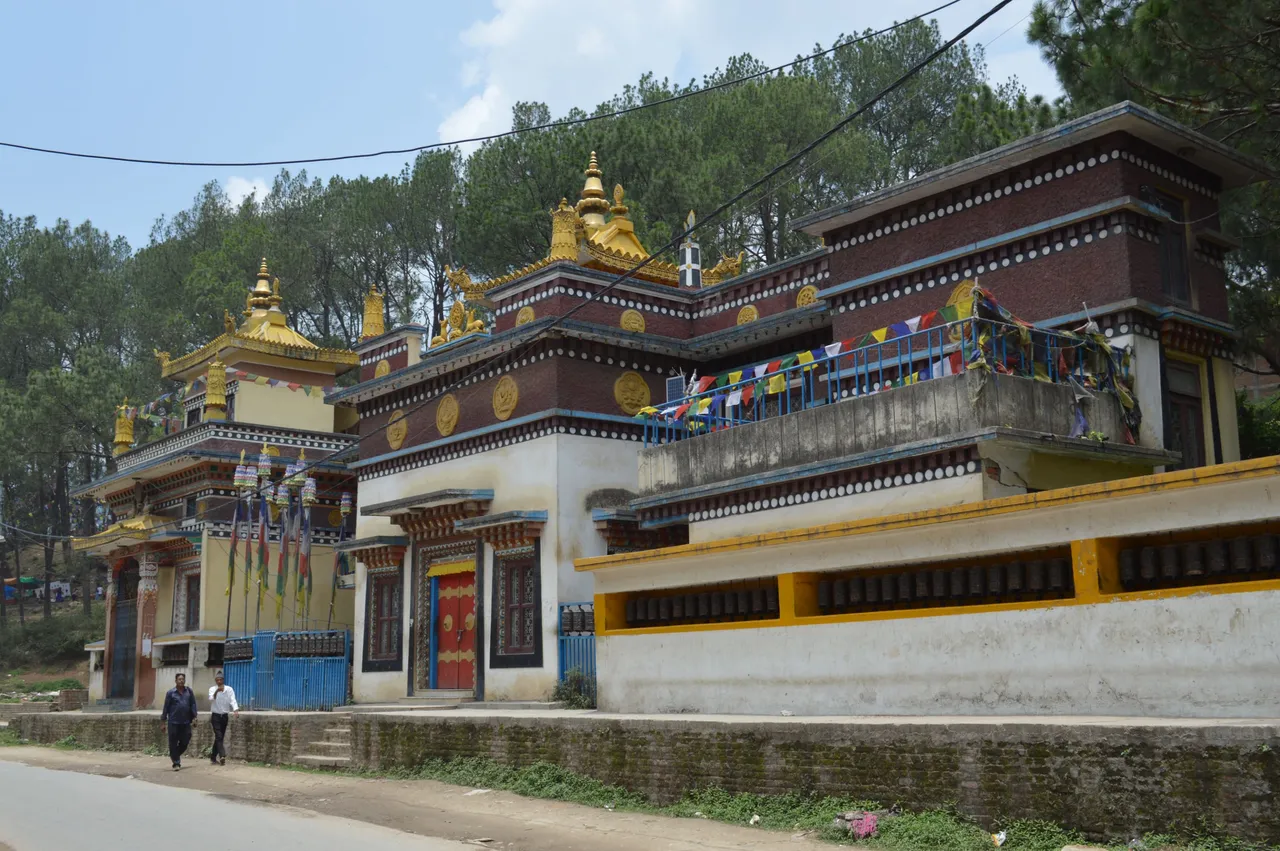
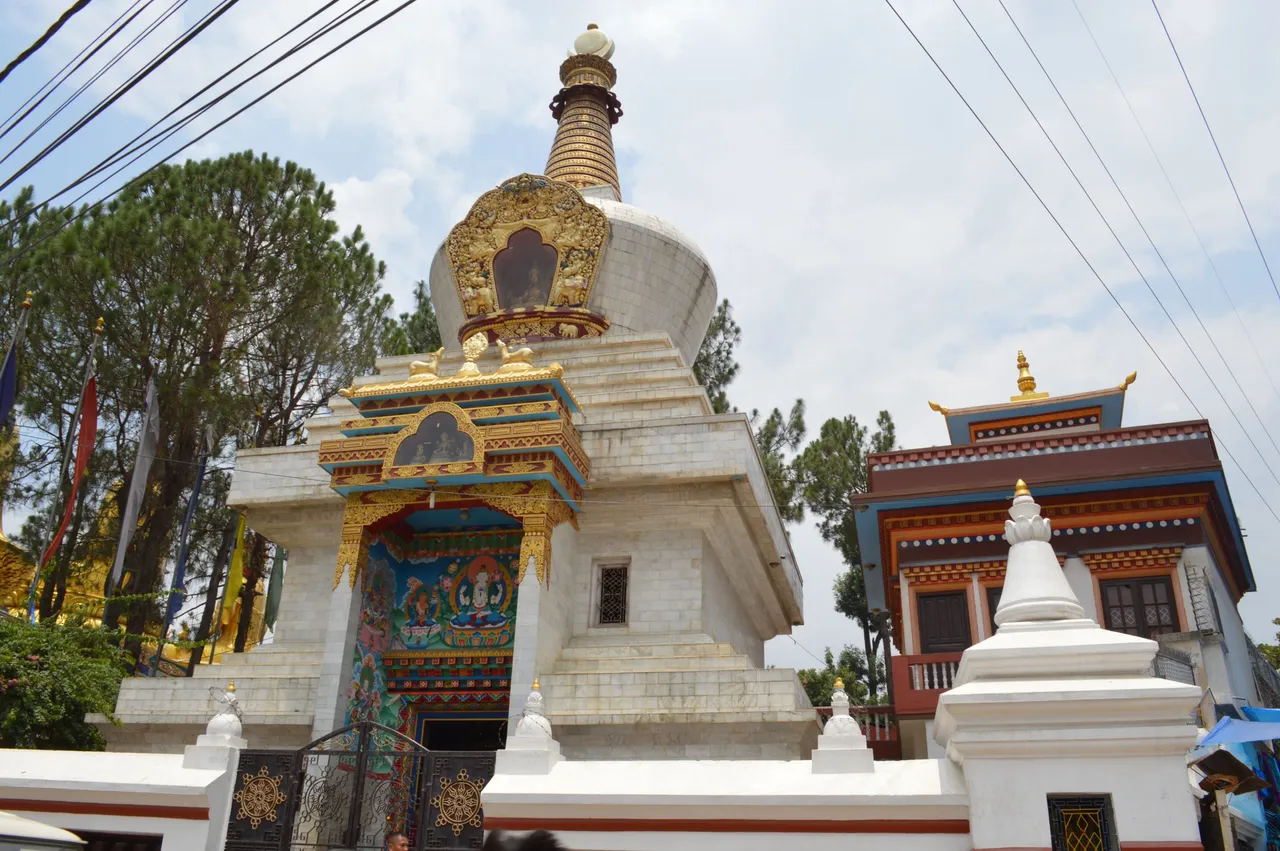
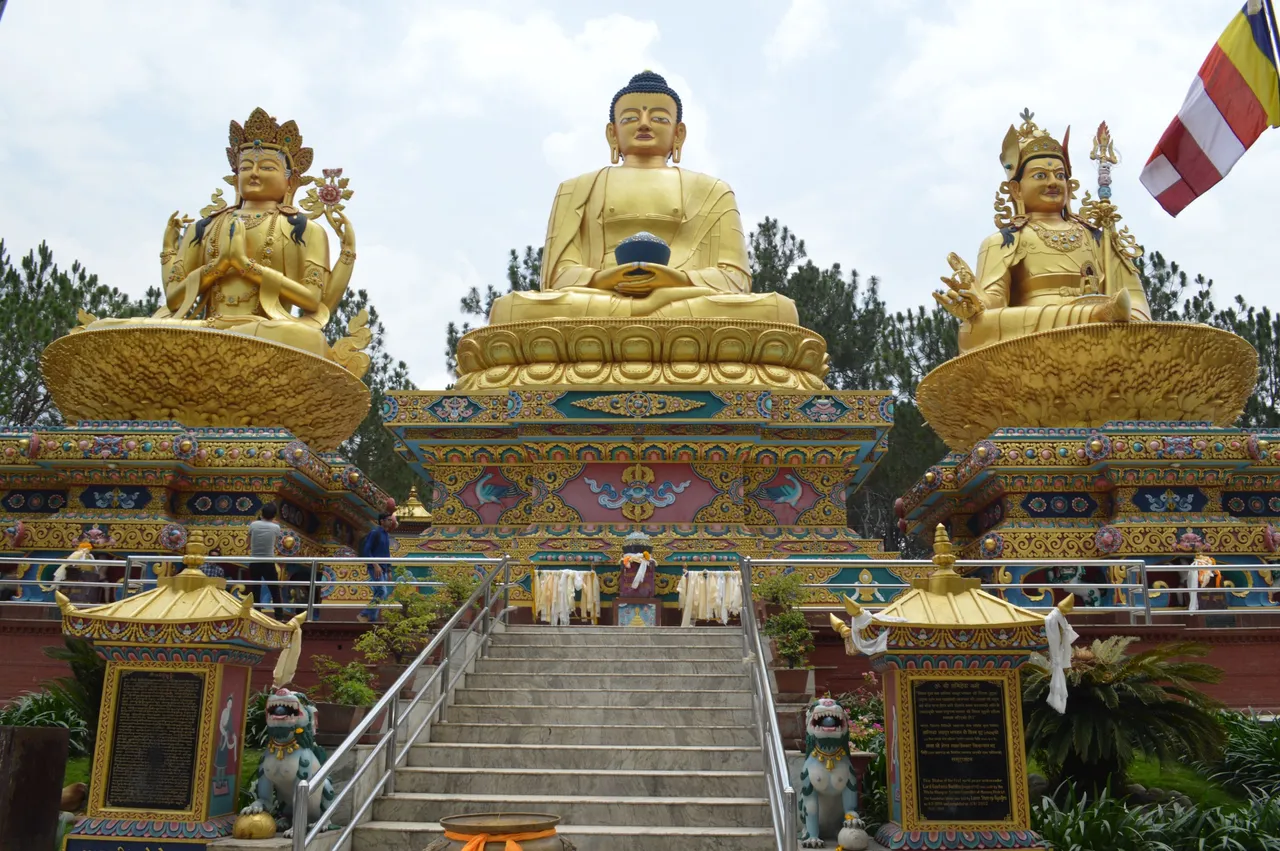
Unlike other temples, I felt my financial contribution here had been well distributed, wisely spent, and appreciated. Some places gave me discomfort as certain inhabitants have a tendency to feel entitled as well as harbor ill thoughts toward contributors due to past misunderstanding or fear of foreigners meddling in their political affairs. Of all temples in the world, I'm very thankful to my biological sister for introducing this place to me.
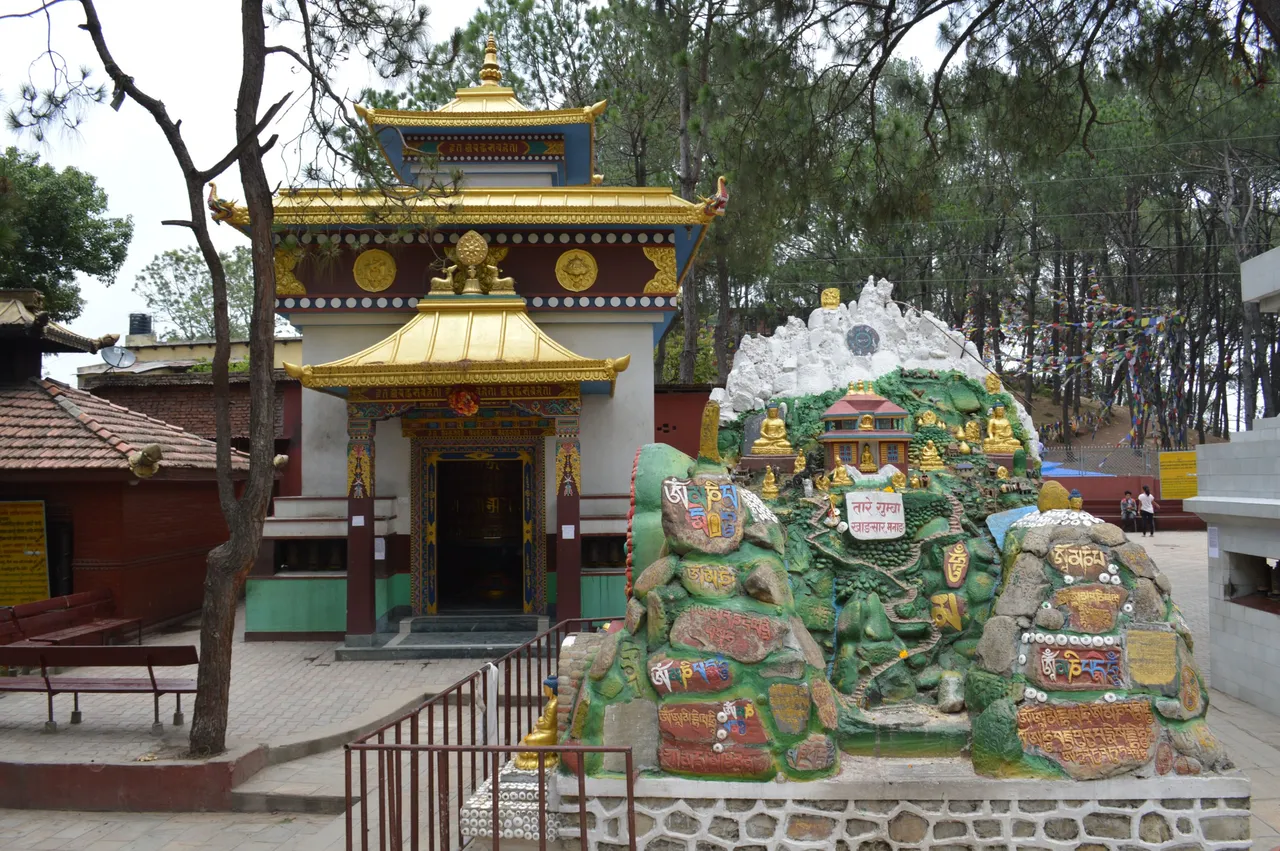
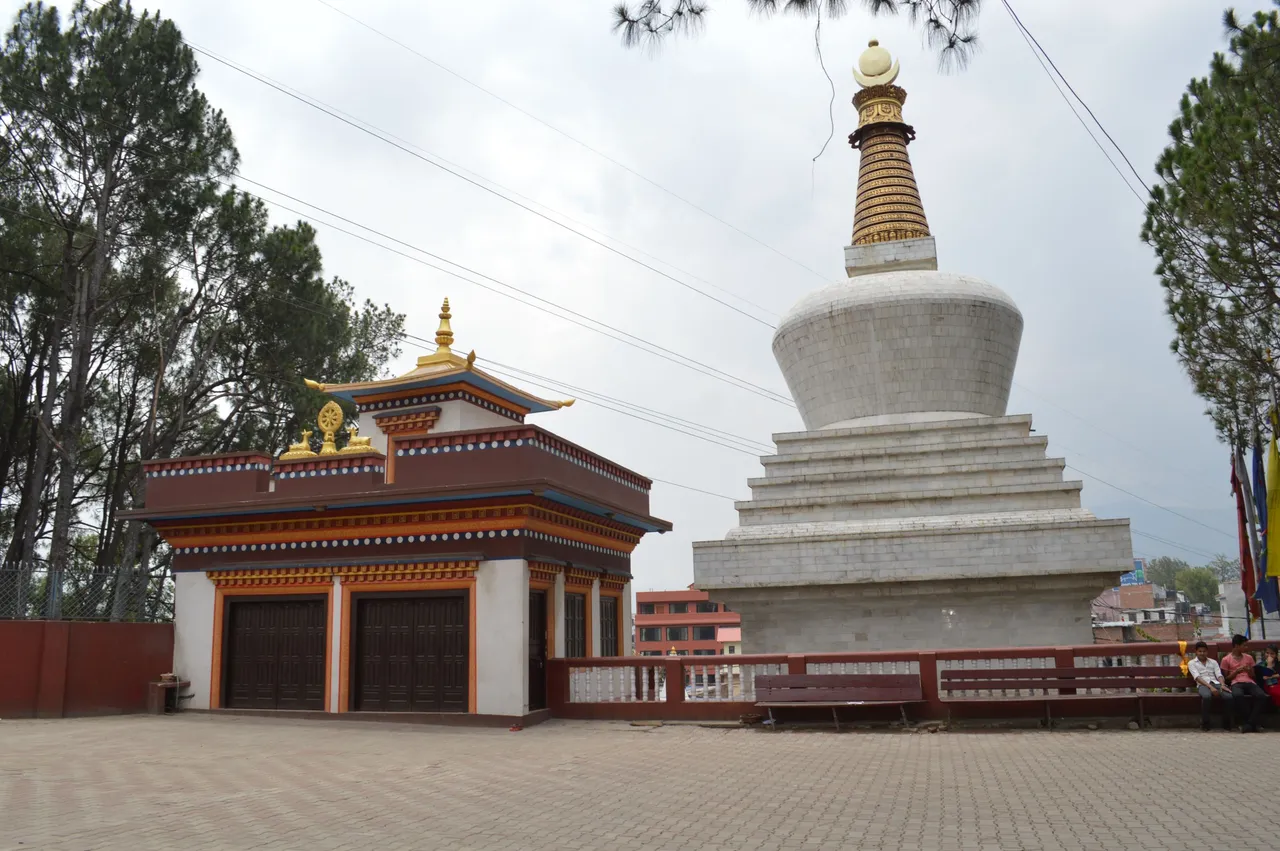
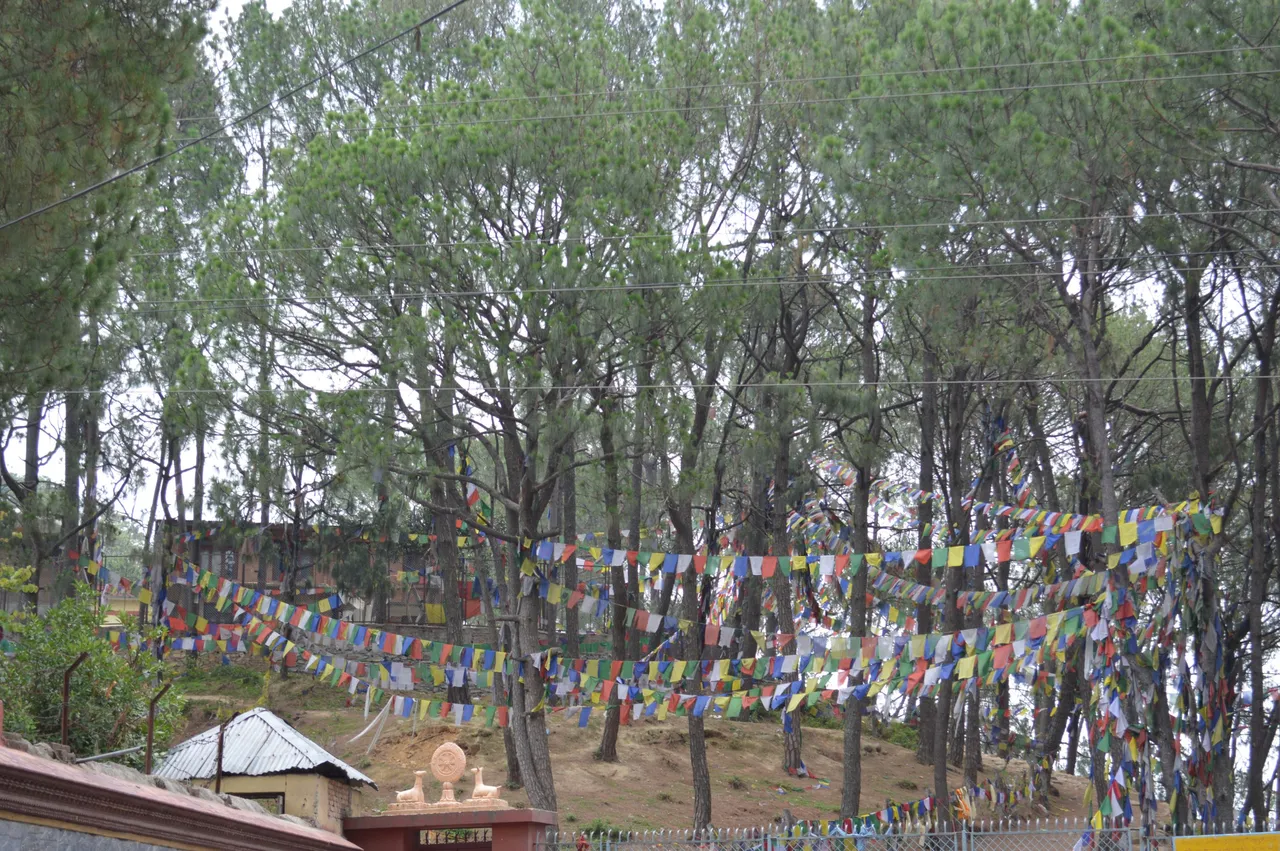


Tibetan worshippers or refugees here often displayed very happy expressions on their faces. It warmed my heart to be witnessing their joy. I had the good fortune to observe some Tibetan women chatting while drying buckwheat on a mat placed on the floor. Buckwheat used to be the food for the poor. In recent years, however, the discovery of its nutritional benefits led to price hikes.
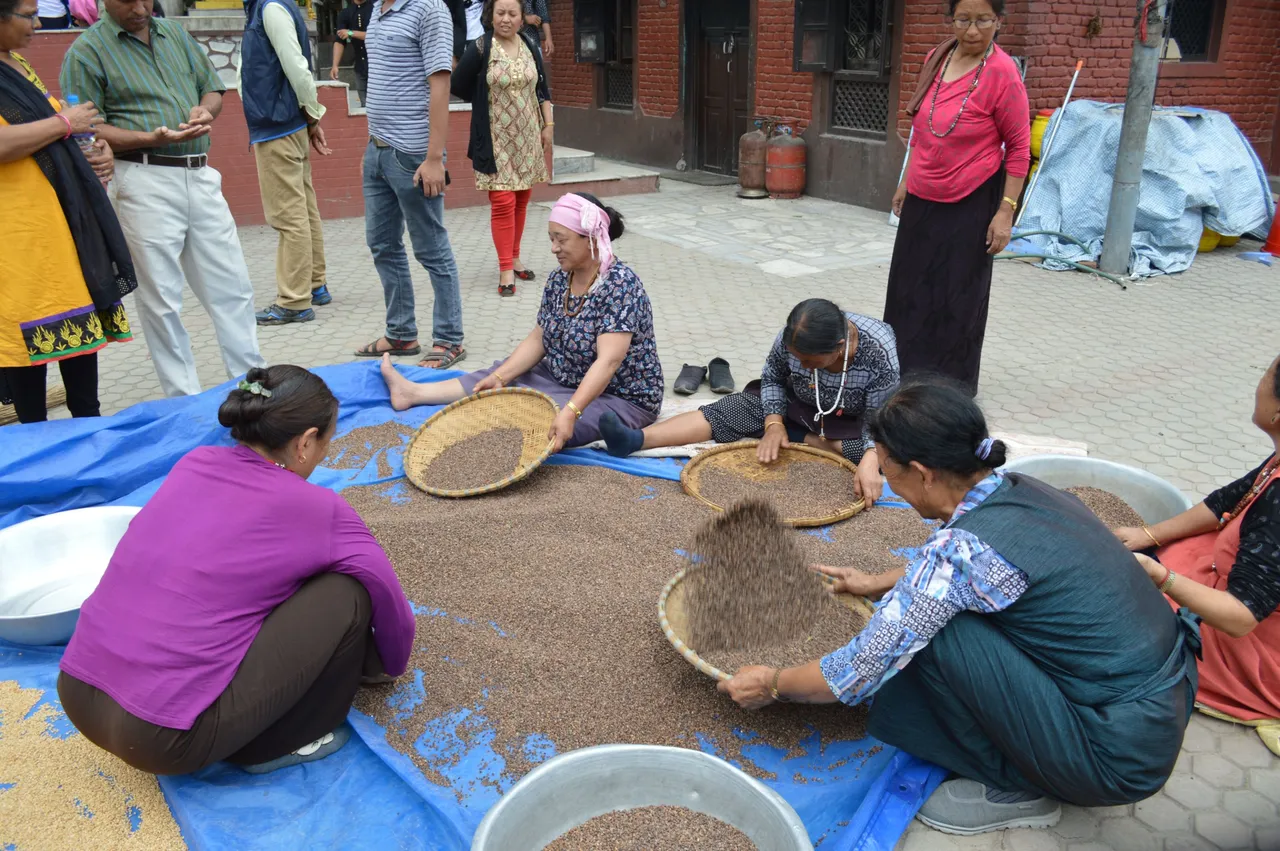
Thank you for reading!
Cheers,
Wheat
TBT Nepal #1
TBT Nepal #2
TBT Nepal #3
TBT Nepal #4
TBT Nepal #5
